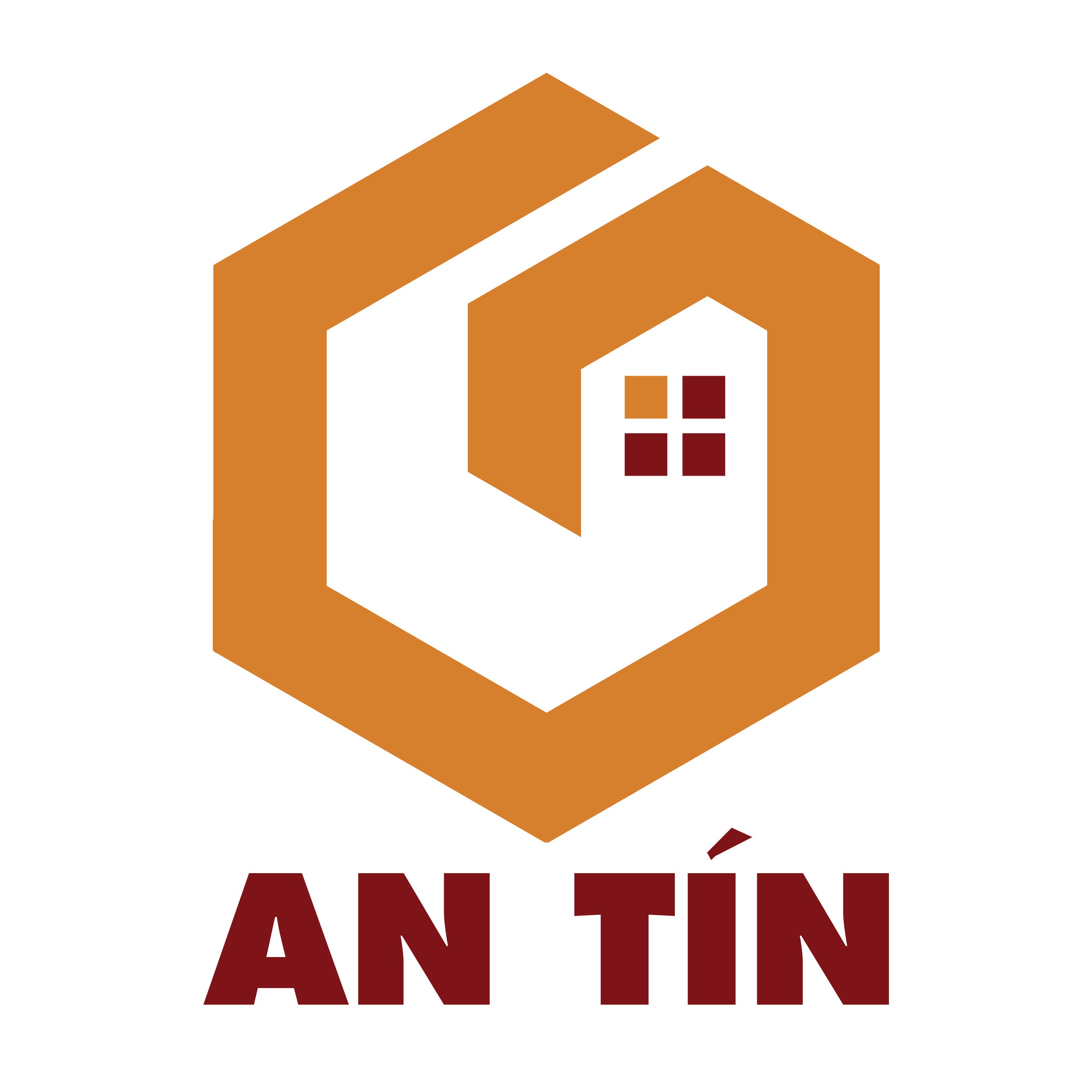For centuries, tarot card readings have actually astounded and fascinated individuals all over the world. Whether you’re an experienced fortune-teller or a curious novice, understanding the ins and outs of tarot card readings can be a transformative experience. In this detailed guide, we’ll explore the background, significance, and practical applications of tarot readings.
The Background of Tarot Card Readings
Although the beginnings of tarot card analyses are shrouded in enigma, many scholars think that tarot card cards originated in the 15th century in Europe. Originally made use of as playing cards, tarot decks slowly advanced right into devices for prophecy and spiritual assistance. The significance and imagery on each card are thought to hold deep meanings that can give insights into the past, present, and future.
Over the years, tarot readings have been adopted by numerous societies and spiritual practices, including Wicca, Kabbalah, and New Age spirituality. Today, tarot readings are typically utilized for personal growth, self-reflection, and looking for guidance on life’s difficulties and opportunities.
While some doubters dismiss tarot readings as plain superstitious notion, several experts and fanatics speak highly of the transformative power of tarot cards. Whether you believe in the magical homes of tarot card or not, there’s no denying that tarot analyses can be a powerful tool for self-discovery and self-questioning.
- Trick Takeaway: Tarot card analyses have a rich history going back to the 15th century in Europe. While their origins are uncertain, tarot cards have actually evolved into powerful tools for divination and spiritual advice.
The Symbolism of Tarot Cards
Among the most remarkable facets of tarot analyses is the detailed meaning located in each card. Each tarot card is rich in images and importance, with numerous layers of meaning that can be analyzed in numerous ways. The traditional tarot deck includes 78 cards, split into two primary classifications: the Significant Arcana and the Minor Arcana.
The Major Arcana cards stand for considerable life events and spiritual lessons, while the Minor Arcana cards show daily experiences and emotions. Each card in the tarot card deck is connected with a specific meaning, such as love, loss, abundance, or modification. By researching the symbolism of each card, fortuneteller can open extensive insights and support on their own and their customers.
Some typically recognized symbols in tarot card readings consist of the Fool, the Illusionist, the High Priestess, the Lovers, and the Tower. Each of these cards carries unique significance and energy that can clarify different aspects of life and consciousness. By diving right into the meaning of tarot card cards, viewers can grow their understanding of themselves and the globe around them.
Exactly How to Review Tarot Card Cards
While grasping the art of tarot analyses requires time and method, anybody can learn the essentials of checking out tarot cards with dedication and willingness to discover. To perform a tarot analysis, you’ll need a tarot card deck, a silent space, and a concentrated mind. Prior to beginning the analysis, take a couple of deep breaths to center on your own and establish your intention for the reading.
There are various tarot card spreads you can use for a reading, such as the Celtic Cross, the Three-Card psychic near me Spread, or the Horseshoe Spread. Each tarot card spread has its own unique layout and analysis, so choose one that resonates with you and your inquiry.
As you shuffle the cards and lay them out in the free psychic reading picked spread, focus on your intuition and the feelings that arise. Tarot card analyses are as much concerning sensation and instinct as they have to do with reasoning and analysis. Trust fund your inner guidance and allow the cards to speak with you in their very own mystical language.
Usual Mistaken Beliefs Concerning Tarot Readings
Regardless of their popularity, tarot analyses are commonly surrounded by misunderstandings and stereotypes. Some individuals think that tarot analyses are only for fortune-telling or anticipating the future, while others dismiss them as plain superstition. In reality, tarot readings are a lot more than just a tool for divination.
At their core, tarot analyses are a form of self-reflection and introspection. They can help us get clarity, understanding, and guidance when browsing life’s difficulties and choices. Tarot card cards can offer a mirror to our subconscious mind, enabling us to explore our concerns, wishes, and desires in a safe and encouraging setting.
Key Takeaway: Tarot card analyses are not almost predicting the future. They are powerful tools for self-reflection, personal growth, and spiritual assistance.
While tarot readings may not be everyone’s favorite, they can supply profound insights and support for those who are open to their transformative power. By discovering the history, importance, and useful applications of tarot analyses, you can strengthen your understanding of this ancient art and harness its knowledge for individual growth and self-discovery.
